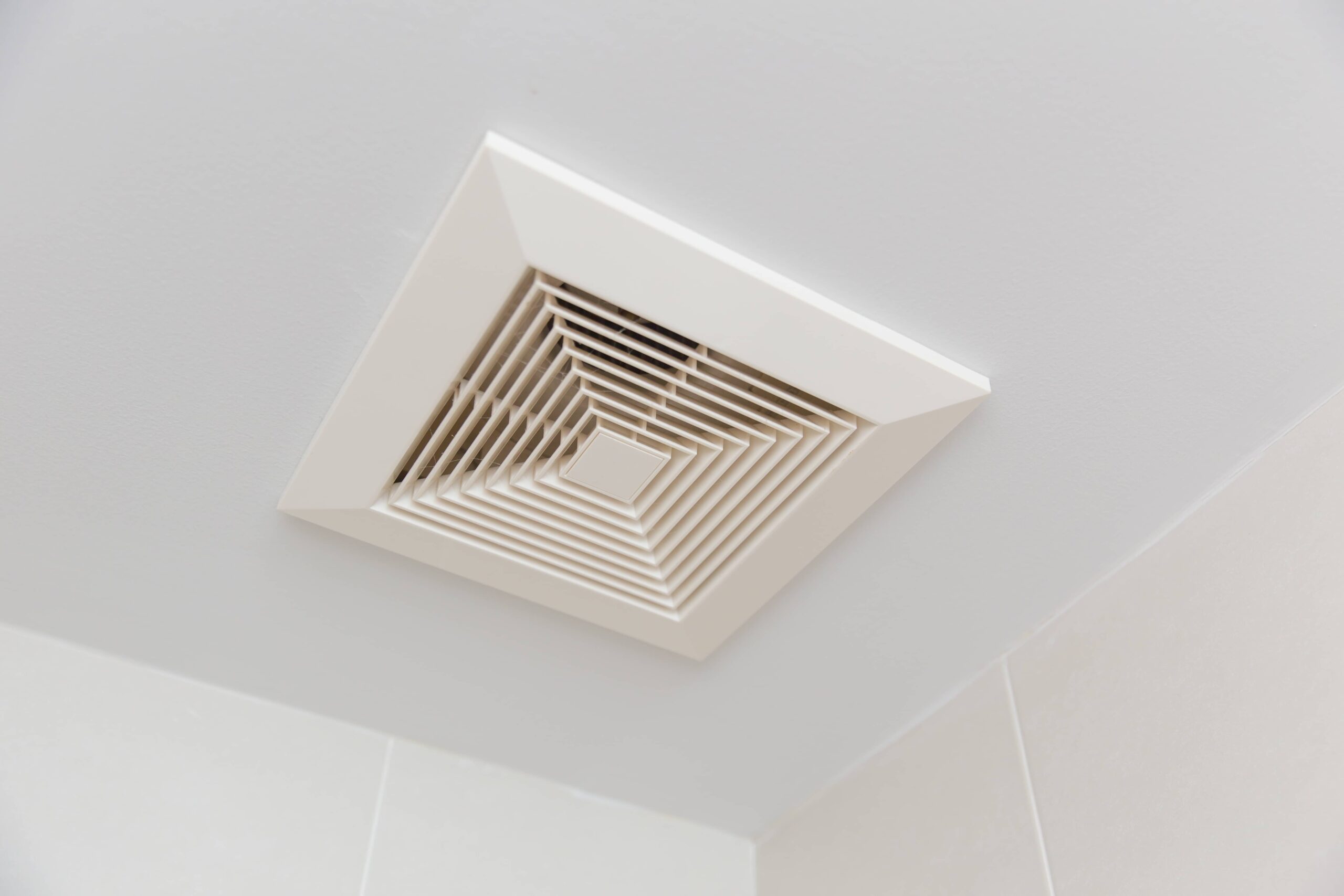

Articles
Where To Vent Bathroom Fan
Modified: January 31, 2024
Looking for articles on where to vent your bathroom fan? Find helpful tips and guidance on proper ventilation for your bathroom to ensure a clean and safe environment.
(Many of the links in this article redirect to a specific reviewed product. Your purchase of these products through affiliate links helps to generate commission for Storables.com, at no extra cost. Learn more)
Introduction
Proper ventilation is a crucial aspect of any bathroom design. Whether you are renovating your existing bathroom or building a new one, it is important to consider the installation of a bathroom fan. A bathroom fan helps to remove excess moisture, odors, and pollutants from the air, ensuring a clean and comfortable space. Not only does it improve the overall air quality, but it also helps to prevent issues such as mold and mildew growth, which can cause significant damage to your bathroom and even pose health risks.
In this article, we will delve into the importance of proper bathroom ventilation and discuss the factors to consider when choosing a bathroom fan. We will also explore the different types of bathroom ventilation systems available in the market and guide you on how to determine the ideal location for your bathroom fan. Additionally, we will highlight common mistakes to avoid when venting a bathroom fan and provide a step-by-step guide on how to properly install and vent your bathroom fan. Lastly, we will touch upon upgrading your existing bathroom fan ventilation system to ensure maximum efficiency.
By the end of this article, you will have a comprehensive understanding of the importance of proper bathroom ventilation and the necessary steps to achieve an effective and efficient bathroom fan system.
Key Takeaways:
- Proper ventilation in the bathroom is essential for maintaining a healthy and comfortable living environment. Installing a well-designed bathroom fan can effectively remove excess moisture, odors, and pollutants, preventing issues like mold growth and structural damage.
- When choosing a bathroom fan, consider factors such as size, noise level, ventilation system type, energy efficiency, installation requirements, and additional features. Understanding the different types of bathroom ventilation systems will help you make an informed decision that suits your specific needs.
Read more: How To Install A Vent Fan In Bathroom
Importance of Proper Ventilation in the Bathroom
Proper ventilation in the bathroom is essential for maintaining a healthy and comfortable living environment. When we use the bathroom, we generate a significant amount of moisture from activities such as showering, bathing, and even washing our hands. This moisture, if not properly ventilated, can create a host of issues such as excess humidity, mold growth, musty odors, and even structural damage to your home.
One of the main benefits of having a bathroom fan is that it helps to remove excess moisture from the air. This is particularly important in preventing the formation of mold and mildew, which thrive in damp and humid environments. Mold not only poses health risks but can also lead to unsightly stains and damage to bathroom surfaces and fixtures. By having a bathroom fan properly installed and used, you can effectively control the humidity level and mitigate these potential hazards.
In addition to moisture control, a bathroom fan also helps to remove unpleasant odors. The fan works by extracting air and odors from the bathroom and expelling them outside or filtering them through a vent system. This helps to keep your bathroom smelling fresh and clean, providing a more pleasant experience for both you and your guests.
Moreover, proper bathroom ventilation contributes to a healthier overall indoor air quality. Without adequate ventilation, harmful pollutants and toxins can accumulate in the bathroom, causing respiratory issues or exacerbating existing conditions such as asthma or allergies. By effectively removing these pollutants, a bathroom fan promotes a cleaner and healthier atmosphere for you and your family.
Another benefit of having a bathroom fan is that it helps to reduce condensation on bathroom surfaces such as mirrors, windows, and walls. When hot steam from a shower or bath comes into contact with cooler surfaces, condensation occurs, leading to water droplets and potential damage. The continuous airflow created by the fan helps to minimize condensation, reducing the risk of water damage and maintaining the appearance and longevity of your bathroom fixtures.
Overall, proper ventilation in the bathroom is crucial for preserving the structural integrity of your home, preventing health issues caused by mold and pollutants, and ensuring a comfortable and pleasant bathroom experience. Installing a bathroom fan is an effective and efficient way to achieve these goals, allowing you to enjoy a well-ventilated and hygienic bathroom environment.
Factors to Consider When Choosing a Bathroom Fan
When it comes to choosing a bathroom fan, there are several important factors to consider to ensure that you select the right one for your needs. Let’s take a closer look at these factors:
- Size and Airflow Capacity: The size of your bathroom will determine the airflow capacity needed for proper ventilation. As a general rule of thumb, you should aim for a fan that can move at least 1 cubic foot per minute (CFM) of air per square foot of bathroom space. Larger bathrooms may require a higher CFM rating to effectively remove moisture and odors.
- Noise Level: Bathrooms are typically small, enclosed spaces, and nobody wants to be disturbed by a noisy fan while trying to relax or use the facilities. Look for a fan with a low sone rating (measuring noise levels), typically between 0.5 and 2.0 sones, for quiet operation.
- Ventilation System Type: There are various types of bathroom ventilation systems available, such as exhaust fans, combination fans with built-in lighting or heating elements, and inline fans that can be installed in the attic or ceiling. Consider your specific requirements and preferences when deciding which type of ventilation system is best suited for your bathroom.
- Energy Efficiency: Opt for an energy-efficient bathroom fan to minimize energy consumption and reduce your utility bills. Look for fans with the Energy Star label, as they meet specific energy efficiency standards set by the U.S. Environmental Protection Agency (EPA).
- Installation Requirements: Determine whether you have the necessary space, wiring, and ventilation access required for the installation of the fan. Consider factors such as ceiling height, attic or crawl space access, and the location of existing electrical wiring when choosing the fan’s size and style.
- Additional Features: Some bathroom fans come with additional features that can enhance convenience and functionality. These may include humidity sensors that automatically activate the fan when moisture levels rise, timers that allow you to set the fan to run for a specific duration, or motion sensors that turn on the fan when someone enters the bathroom.
By carefully considering these factors, you can select a bathroom fan that meets your specific needs in terms of size, noise level, ventilation system type, energy efficiency, installation requirements, and additional features. Choosing the right bathroom fan will ensure effective and efficient ventilation, providing you with a comfortable and healthy bathroom environment.
Understanding the Different Types of Bathroom Ventilation Systems
When it comes to bathroom ventilation, there are several types of systems available, each with its own benefits and considerations. Understanding the different types of bathroom ventilation systems will help you make an informed decision when choosing the one that suits your needs. Let’s explore the most common types:
- Exhaust Fans: Exhaust fans are the most common type of bathroom ventilation system. These fans are typically installed in the ceiling and work by drawing air and moisture out of the bathroom and expelling it outside through a duct or vent. Exhaust fans come in a variety of sizes and power options, making them suitable for different bathroom sizes and ventilation needs.
- Combination Fans: Combination fans integrate additional features with the ventilation system. These can include built-in lights, heaters, or even Bluetooth speakers. Combination fans are a practical choice if you want to have multiple functions in one unit while still ensuring proper bathroom ventilation.
- Inline Fans: Inline fans are installed in the attic or ceiling, away from the bathroom itself. They work by pulling air and moisture through ductwork from the bathroom to the fan location, where it is then exhausted outside. Inline fans are an ideal choice for bathrooms with limited ceiling space or when you want a quieter operation since the fan noise is reduced in the bathroom.
- Heat Recovery Ventilators (HRVs) and Energy Recovery Ventilators (ERVs): HRVs and ERVs are more complex systems that not only remove moisture and odors from the bathroom but also ventilate the entire home. These systems exchange heat or energy between the outgoing stale air and incoming fresh air, improving energy efficiency while providing effective and balanced ventilation.
When selecting the right type of ventilation system for your bathroom, consider factors such as the bathroom size, available space for installation, required airflow capacity, noise level, and any additional features you may desire. It’s also important to ensure that the chosen system complies with local building codes and regulations.
In addition to the type of ventilation system, it’s essential to choose the proper venting configuration. Venting options include roof vents, wall vents, soffit vents, or a combination of these, depending on the structure of your home and the most convenient location for the exhaust outlet.
Consulting with a professional or an HVAC specialist can be beneficial in determining the most suitable ventilation system type and venting configuration for your specific bathroom and home layout. Their expertise can help you navigate through the options and ensure that your chosen system meets your ventilation needs while adhering to the necessary installation requirements.
By understanding the different types of bathroom ventilation systems and considering the specific requirements of your space, you can select the system that provides optimal ventilation and contributes to a clean, healthy, and comfortable bathroom environment.
Determining the Ideal Location for Your Bathroom Fan
Choosing the right location for your bathroom fan is essential to ensure effective ventilation and optimal performance. The proper placement of the fan will help eliminate moisture, odors, and pollutants efficiently. When determining the ideal location for your bathroom fan, consider the following factors:
- Ventilation Requirements: Assess the size and layout of your bathroom to determine the ventilation needs. Larger bathrooms might require multiple fans or a more powerful fan to adequately remove moisture and maintain proper air circulation.
- Near Moisture Sources: Position the fan in close proximity to moisture sources such as the shower, bathtub, or toilet. This will help capture the moisture and odors at the source, preventing them from spreading throughout the bathroom.
- Airflow Path: Consider the airflow path from the bathroom fan to the exhaust outlet. Plan the ductwork in the most direct and efficient manner with minimal bends, twists, or long distances. This will help maintain the airflow and maximize the fan’s performance.
- Ceiling or Wall Installation: Decide whether you prefer a ceiling-mounted fan or a wall-mounted fan. Ceiling-mounted fans are more commonly used and provide better coverage, as hot air tends to rise. Wall-mounted fans are suitable when ceiling installation is challenging or not possible.
- Existing Wiring and Space: Check for existing electrical wiring in the chosen location. If there is no wiring, you may need to hire an electrician or consider a location that is more accessible for installation. Also, ensure that there is sufficient space for the fan and any required ductwork.
- Noise Considerations: Take into account the noise level of the fan and its proximity to living areas or bedrooms. Opt for a fan with a low sone rating if noise reduction is a priority, or consider an inline fan to reduce noise inside the bathroom.
- Building Codes and Regulations: Familiarize yourself with local building codes and regulations regarding bathroom fan venting. Ensure that your chosen location and venting configuration comply with these regulations to avoid any issues during inspection or potential hazards.
Remember, proper installation and venting are crucial for the effective operation of the bathroom fan. If you are unsure about the placement or installation process, consult with a professional contractor or an HVAC technician to ensure compliance and optimal performance.
By carefully assessing your bathroom’s size, layout, and specific requirements, you can determine the ideal location for your bathroom fan. Proper placement will help achieve efficient ventilation, remove excess moisture and odors, and maintain a clean and comfortable bathroom environment.
Make sure your bathroom fan is vented to the outside of your home, not just into the attic or ceiling space. This will prevent moisture and mold buildup.
Read more: Where Does A Bathroom Exhaust Fan Vent To
Common Mistakes to Avoid When Venting a Bathroom Fan
Venting a bathroom fan is crucial to ensure proper airflow, effective ventilation, and the prevention of moisture-related issues. However, there are common mistakes that homeowners often make when installing or venting their bathroom fans. By avoiding these mistakes, you can maximize the performance and efficiency of your fan. Here are some key errors to steer clear of:
- Inadequate or Improper Ventilation: One of the most critical mistakes is not providing adequate ventilation or using improper venting materials. Using flexible ducts instead of rigid ones can restrict airflow, leading to poor ventilation. Ensure that the ductwork is properly sized, insulated, and free of any obstructions to allow for efficient air movement.
- Improper Venting to Attic or Crawl Space: Venting the bathroom fan directly into the attic or crawl space is a common error that can lead to long-term issues. This can cause moisture and mold problems in the attic or crawl space, leading to structural damage and health hazards. Always vent your bathroom fan to the exterior of your home, either through the roof, sidewall, or soffit, to prevent moisture accumulation.
- Insufficient Ventilation Outlet: Another mistake is using an inadequate or undersized ventilation outlet. A small vent opening can restrict airflow and reduce the fan’s effectiveness. Ensure that the vent opening is properly sized according to the fan’s airflow capacity. Additionally, keep the vent opening free from obstructions such as debris, snow, or vegetation.
- Poorly Positioned Exhaust Outlet: Incorrect positioning of the exhaust outlet can lead to issues such as backdrafting, where the expelled air, odors, and moisture re-enter the home. The outlet should be positioned away from windows, doors, and air intake vents to prevent these issues. It’s also important to consider the aesthetic impact of the outlet’s location on the exterior of your home.
- Inadequate Insulation: Neglecting to insulate the ductwork can result in condensation forming inside the ducts. This can lead to moisture-related problems such as mold growth and damage to your bathroom or home. Insulate the ductwork properly, especially in colder climates, to prevent condensation and ensure efficient airflow.
- Neglecting Regular Maintenance: Many homeowners forget to clean or maintain their bathroom fan regularly. Over time, dust, dirt, and debris can accumulate on the fan blades and housing, reducing its performance. Clean the fan and replace the filters as recommended by the manufacturer to keep it running efficiently and prolong its lifespan.
To avoid these mistakes, it is recommended to consult with a professional contractor or an HVAC technician. They can provide expert guidance on proper installation, venting practices, and compliance with local building codes and regulations. By ensuring correct venting and addressing any potential issues, you can enjoy a well-ventilated and moisture-free bathroom.
By being mindful of these common mistakes and taking the necessary precautions, you can effectively vent your bathroom fan and maintain a healthy and comfortable environment in your bathroom.
Step-by-Step Guide: How to Properly Vent Your Bathroom Fan
Venting your bathroom fan properly is essential to ensure effective ventilation and prevent issues such as mold growth and excess moisture. Here is a step-by-step guide to help you properly vent your bathroom fan:
- Choose the Right Location: Determine the ideal location for your bathroom fan, considering factors such as proximity to moisture sources and access to electrical wiring. Ensure that the chosen location complies with local building codes and regulations.
- Prepare the Necessary Tools and Materials: Gather the tools and materials needed for the installation, including a bathroom fan, ductwork, vent cap, screws, screwdriver, drill (if necessary), duct tape, and insulation (if applicable).
- Turn off Power: Before starting any electrical work, switch off the power supply to the bathroom circuit at the main breaker panel to ensure safety.
- Install the Fan: Follow the manufacturer’s instructions to install the bathroom fan in the chosen location. Use the provided brackets and screws to secure the fan to the ceiling or wall. Connect the electrical wiring according to the manufacturer’s guidelines, ensuring that all connections are secure.
- Connect the Ductwork: Attach the ductwork to the back of the fan using screws or clamps. Use duct tape to seal any connections and prevent air leaks. Ensure that the ductwork is properly aligned and securely attached to the fan outlet.
- Route the Ductwork: Determine the most direct and efficient route for the ductwork to reach the exhaust vent location. Avoid excessive bends and long runs, as they can restrict airflow. Use rigid metal or PVC ductwork for optimal performance.
- Create the Exhaust Vent Opening: If necessary, drill a hole through the exterior wall or ceiling to create the exhaust vent opening. Ensure that the vent opening is properly sized according to the fan’s airflow capacity.
- Install the Vent Cap: Attach the vent cap to the exterior wall or roof, covering the vent opening. Secure it in place using screws or appropriate fasteners. Ensure that the vent cap is positioned correctly to prevent backdrafting and the entry of pests or debris.
- Insulate the Ductwork: If you live in a colder climate or have ductwork passing through unheated spaces, consider insulating the ductwork to prevent condensation and heat loss. Use insulation specifically designed for ductwork, making sure to cover all exposed sections.
- Test the Fan: Turn on the power and test the bathroom fan to ensure it is functioning properly. Check for any abnormal noise, vibrations, or airflow issues. Make any necessary adjustments or repairs if needed.
- Maintain Regular Cleaning and Inspections: Regularly clean the fan and replace any filters as recommended by the manufacturer. Inspect the vent cap and ductwork periodically for any signs of damage or blockages.
If you are unsure about any step or encounter any difficulties during the installation or venting process, it is recommended to consult with a professional contractor or an HVAC technician. They can provide guidance and expertise to ensure a proper and efficient installation.
By following this step-by-step guide and taking the necessary precautions, you can successfully vent your bathroom fan and enjoy a well-ventilated and moisture-free bathroom environment.
Upgrading Your Existing Bathroom Fan Ventilation System
If you have an existing bathroom fan ventilation system that is outdated or not performing optimally, upgrading it can significantly enhance ventilation efficiency and improve your bathroom’s air quality. Here are some key steps to consider when upgrading your existing bathroom fan ventilation system:
- Evaluate the Current System: Begin by assessing the performance and condition of your current bathroom fan ventilation system. Consider factors such as airflow capacity, noise level, and any issues you might have experienced, such as inadequate moisture removal or persistent odors.
- Determine Your Needs: Identify your specific requirements for the upgraded system. Do you need a more powerful fan to accommodate a larger bathroom? Are you looking for additional features such as humidity sensors, timers, or energy-efficient options? Clarifying your needs will help you make an informed decision.
- Research and Select a New Fan: Conduct research to find a suitable replacement fan that meets your criteria. Consider factors such as fan size, CFM rating (cubic feet per minute), noise level, energy efficiency, and any desired features. Look for reputable brands that offer reliable performance and long-term durability.
- Check Installation Compatibility: Ensure that the new fan is compatible with your existing wiring, ductwork, and venting configuration. Measure the dimensions of your current fan’s housing to confirm if the new fan will fit properly into the existing space without requiring significant modifications.
- Prepare for Installation: Before installing the new fan, switch off the power supply to the fan circuit at the main breaker panel. Remove the cover and housing of the existing fan, disconnect the electrical wiring, and detach the ductwork. Clean the area and remove any debris or dust.
- Install the New Fan: Follow the manufacturer’s instructions for installing the new fan. Mount the new fan securely, connect the electrical wiring, and attach the ductwork using appropriate screws or clamps. Ensure that all connections are properly sealed with duct tape to prevent air leakage.
- Test and Adjust: Once the new fan is installed, switch on the power and test its functionality. Check for proper airflow, listen for any abnormal noise or vibrations, and verify that the fan is effectively removing moisture and odors. Adjust the fan speed or settings as necessary to optimize performance.
- Consider Additional Upgrades: While upgrading your bathroom fan ventilation system, you may also want to consider additional upgrades to enhance overall effectiveness. This could include adding insulation to the ductwork, installing a new vent cap for improved airflow, or integrating smart technology for advanced controls and monitoring.
- Maintain Regular Cleaning and Inspections: To ensure the longevity and efficiency of your upgraded bathroom fan ventilation system, establish a regular maintenance routine. Clean the fan and replace filters as needed, inspect the venting system for obstructions or damage, and address any issues promptly to prevent performance decline.
If you are uncertain about the installation process or encounter any difficulties during the upgrade, it is advisable to consult with a professional contractor or an HVAC technician. Their expertise can ensure a smooth and successful upgrade while confirming compliance with building codes and regulations.
By following these steps and conducting a thorough upgrade of your existing bathroom fan ventilation system, you can enjoy improved air quality, increased efficiency, and a more comfortable and healthy bathroom environment.
Conclusion
Proper ventilation in the bathroom is a vital aspect of creating a comfortable, healthy, and functional space. By installing and maintaining a well-designed ventilation system, such as a bathroom fan, you can effectively remove excess moisture, odors, and pollutants, preventing issues like mold growth and structural damage. Throughout this article, we have discussed the importance of proper bathroom ventilation and provided valuable insights on choosing the right bathroom fan, understanding different ventilation systems, selecting the ideal location, avoiding common mistakes, and upgrading your existing system.
When choosing a bathroom fan, consider factors such as size, noise level, ventilation system type, energy efficiency, installation requirements, and additional features. Understanding the different types of bathroom ventilation systems, including exhaust fans, combination fans, inline fans, and HRVs/ERVs, will help you make an informed decision that suits your specific needs.
Taking the time to determine the ideal location for your bathroom fan is crucial. Consider factors like ventilation requirements, proximity to moisture sources, airflow path, ceiling or wall installation, existing wiring, and noise considerations. By choosing the right location, you can maximize the fan’s effectiveness and maintain a comfortable bathroom environment.
Avoiding common mistakes when venting your bathroom fan is key to achieving optimal performance. Ensure proper ventilation, avoid venting to the attic or crawl space, use the correct venting materials, position the exhaust outlet correctly, insulate the ductwork, and regularly clean and maintain your fan to prevent issues and maintain efficient operation.
If you have an existing bathroom fan ventilation system that is outdated or not performing well, upgrading it can significantly improve ventilation efficiency. Evaluate your current system, determine your needs, research and select a new fan, check installation compatibility, install the new fan properly, test and adjust, and consider additional upgrades as needed. Maintaining regular cleaning and inspections will ensure the longevity and efficiency of your upgraded system.
In conclusion, prioritizing proper bathroom ventilation through the installation and maintenance of a high-quality bathroom fan is crucial for a clean, healthy, and comfortable bathroom environment. By following the guidelines and steps discussed in this article, you can make informed decisions, avoid common mistakes, and enjoy the benefits of an efficient and effective bathroom ventilation system.
Frequently Asked Questions about Where To Vent Bathroom Fan
Was this page helpful?
At Storables.com, we guarantee accurate and reliable information. Our content, validated by Expert Board Contributors, is crafted following stringent Editorial Policies. We're committed to providing you with well-researched, expert-backed insights for all your informational needs.
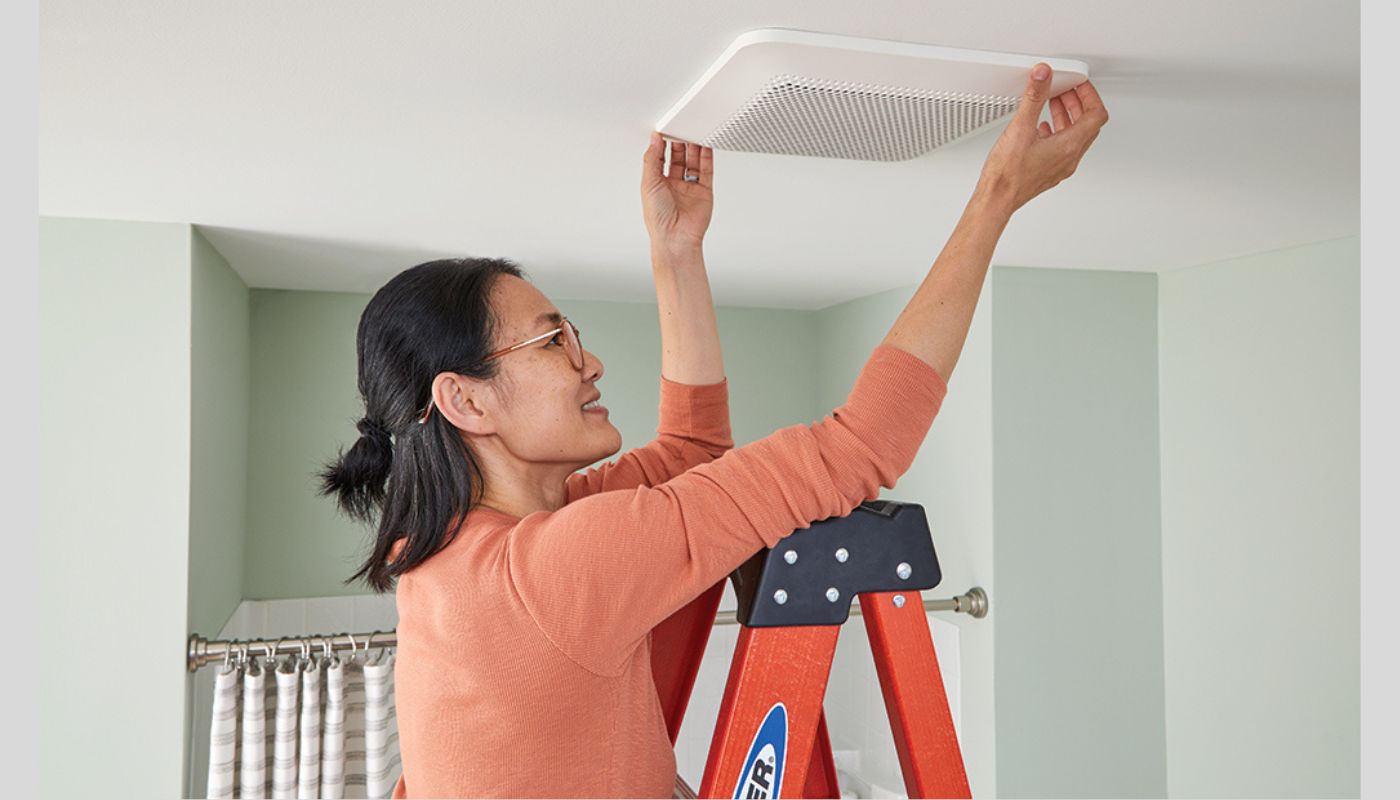
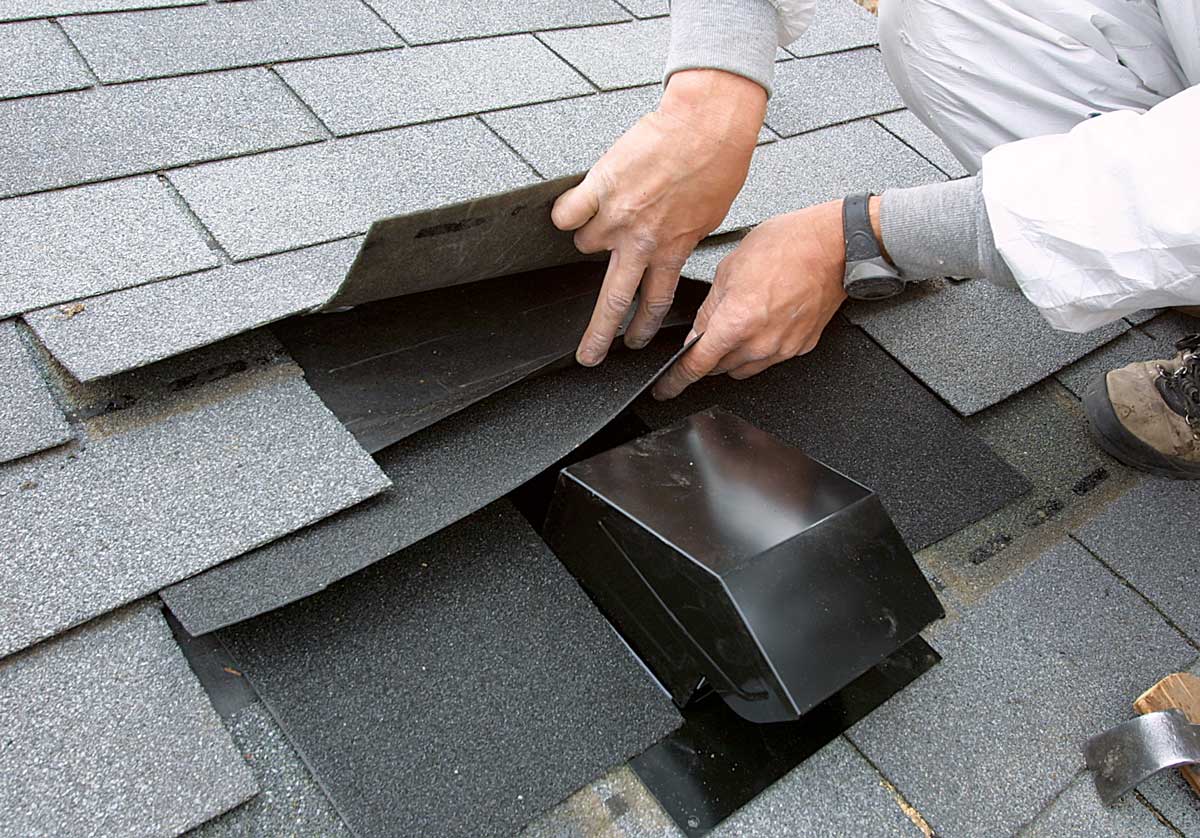
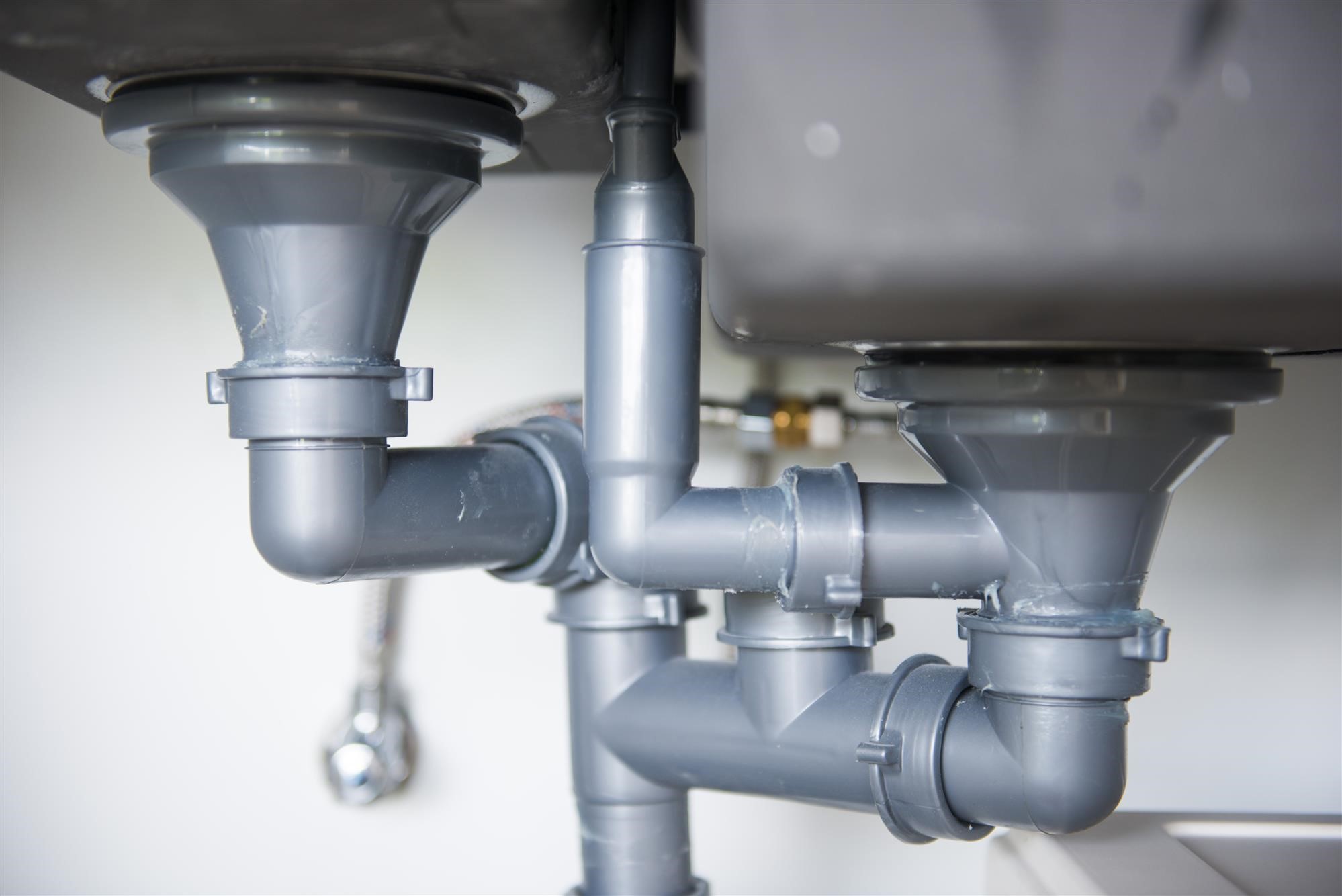
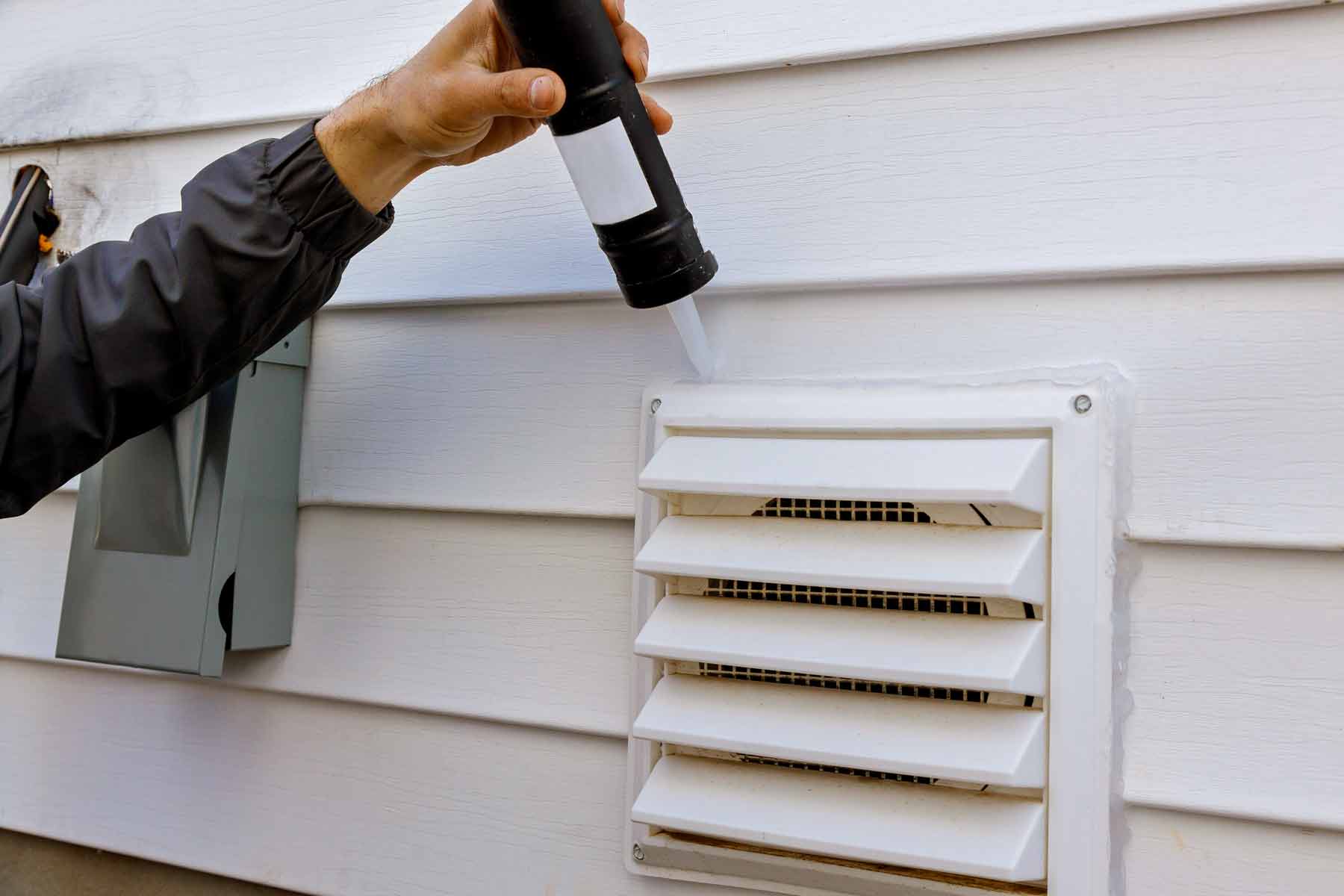
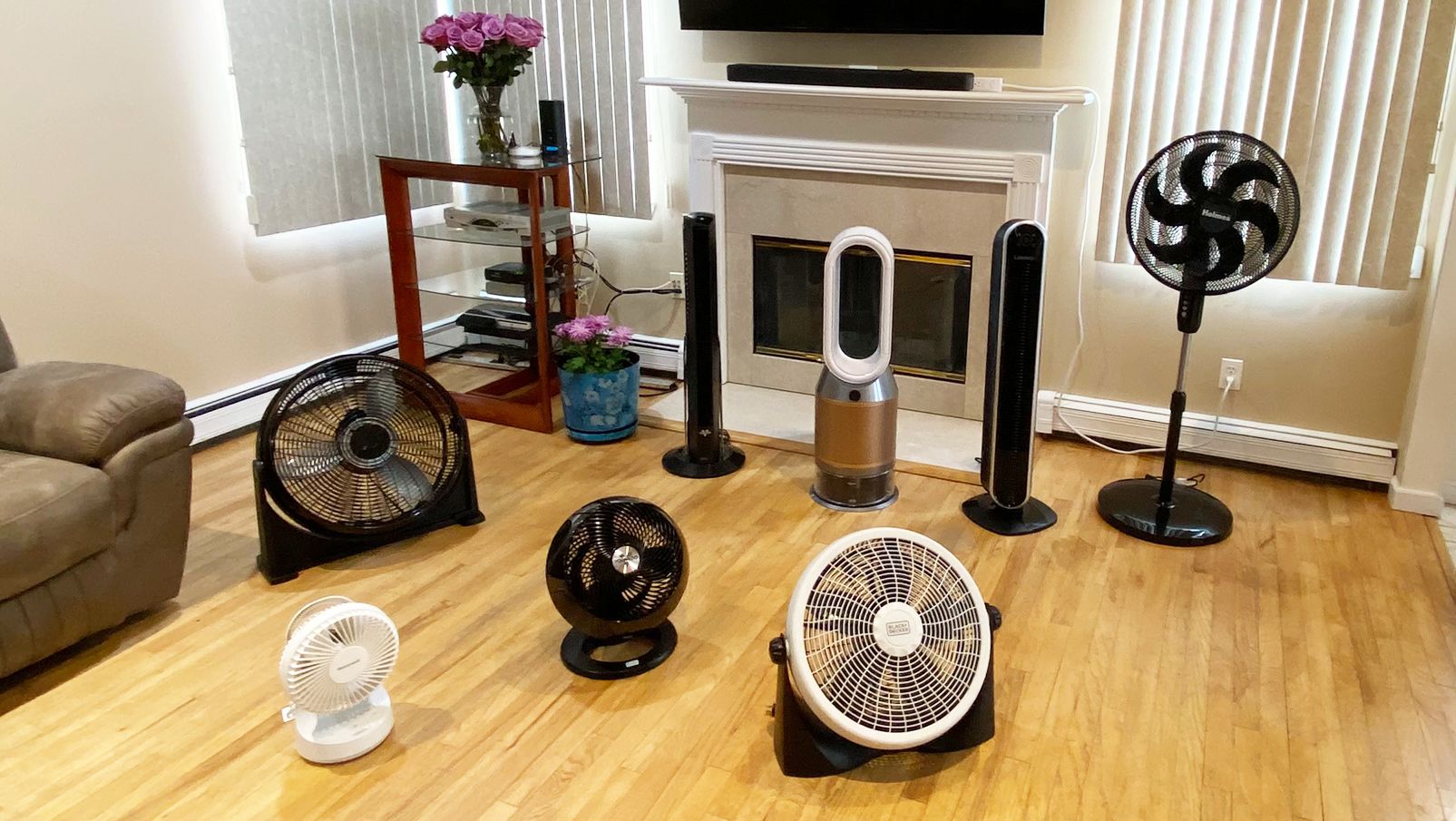
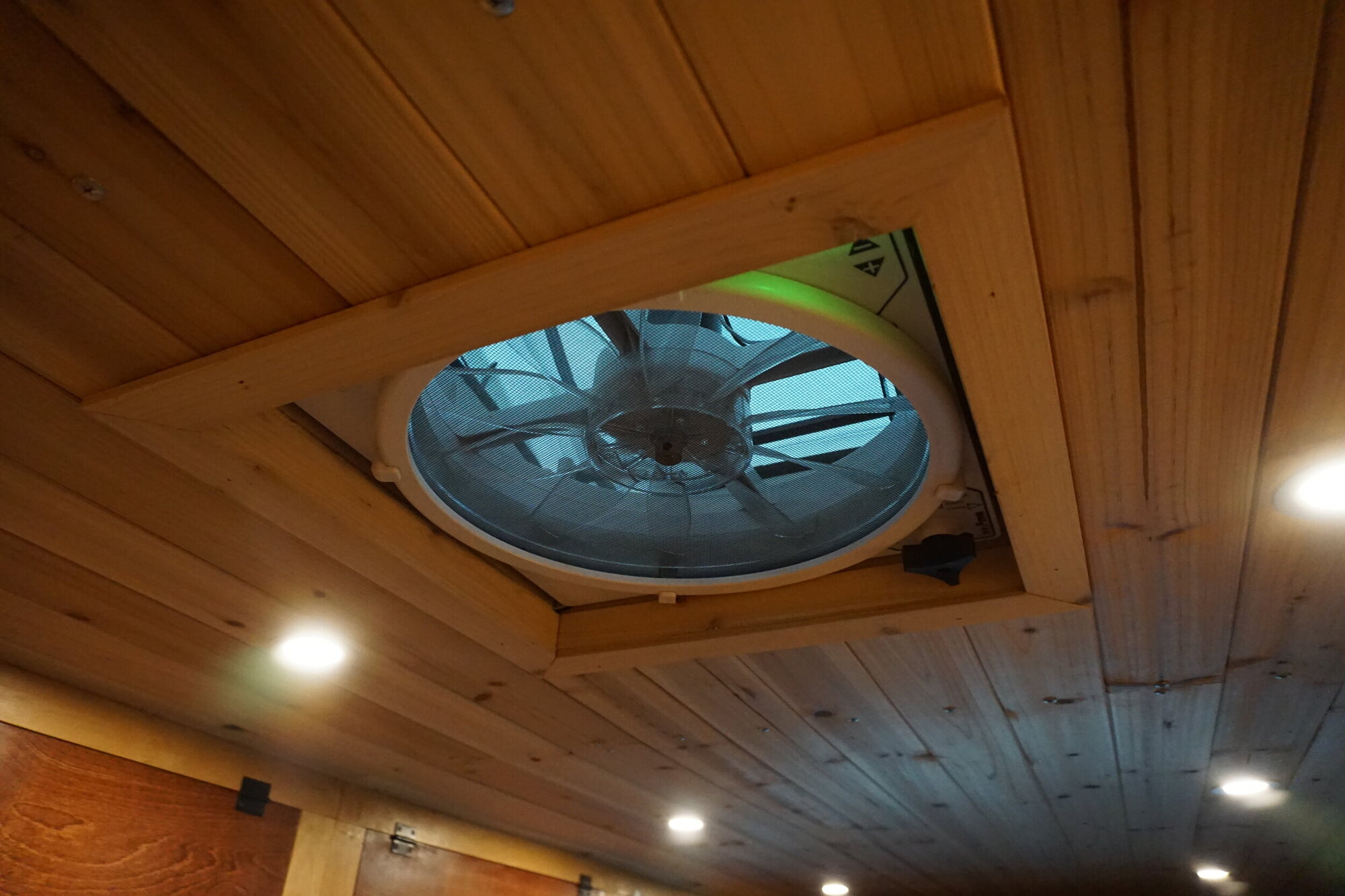
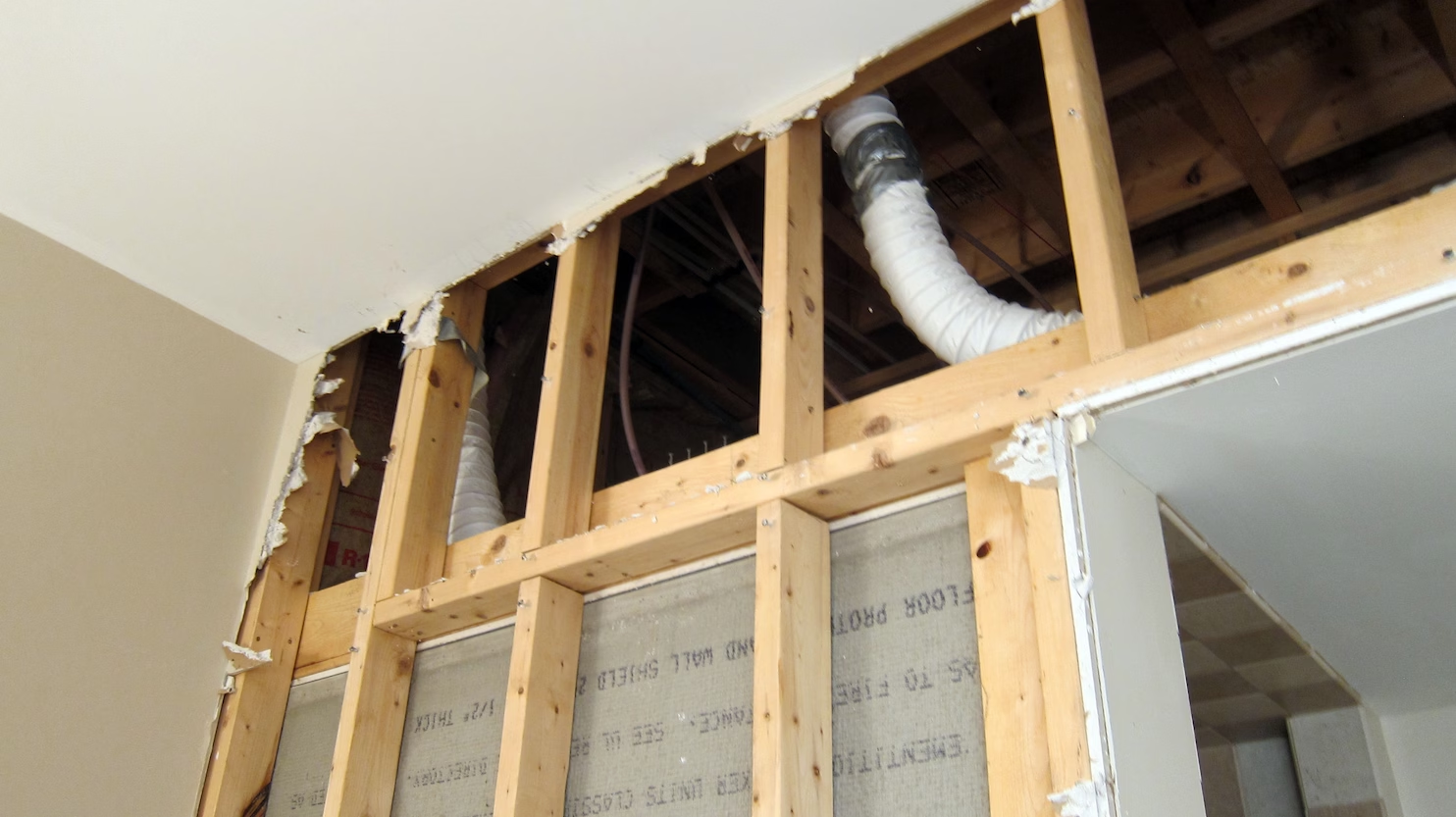

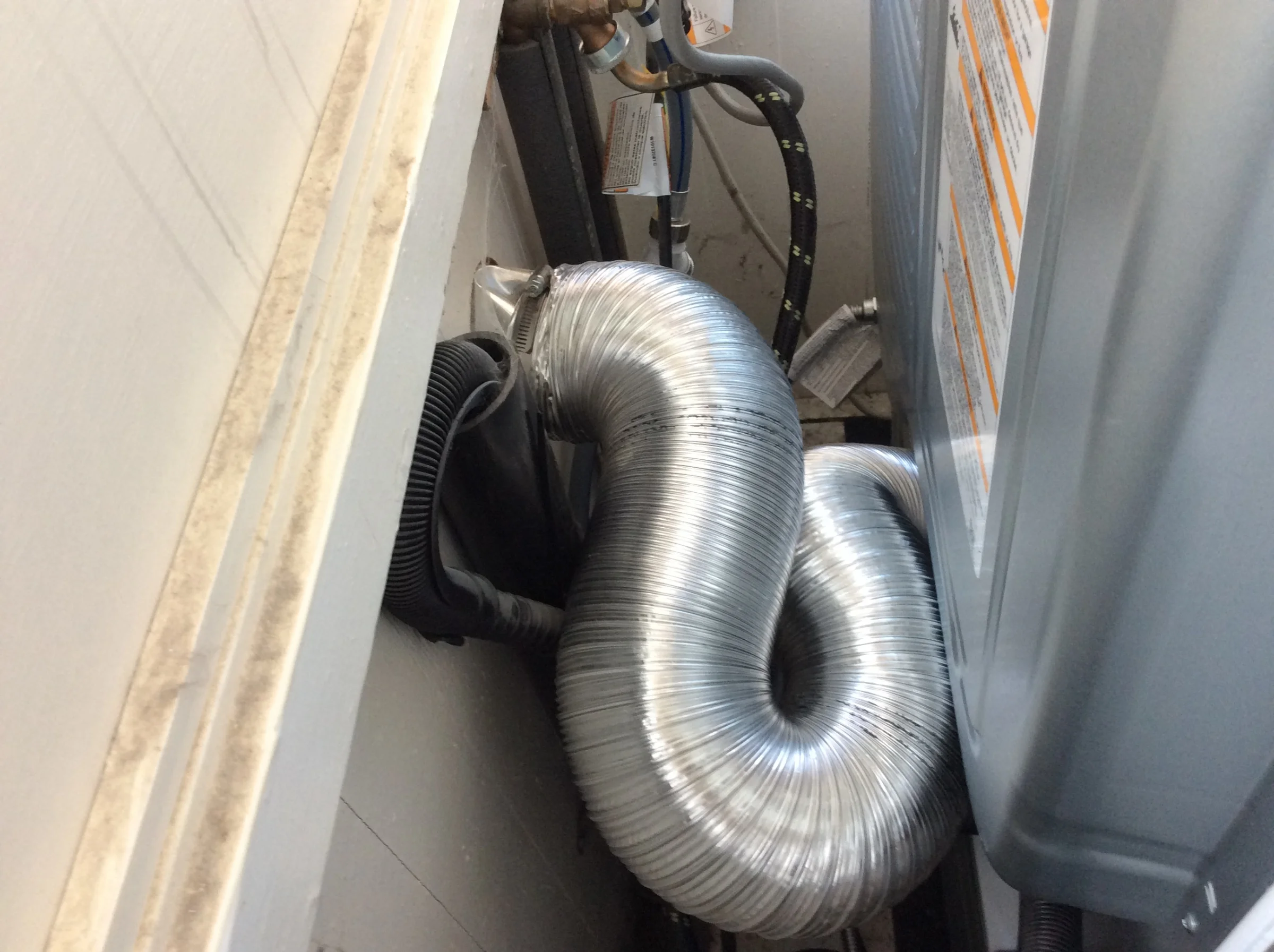
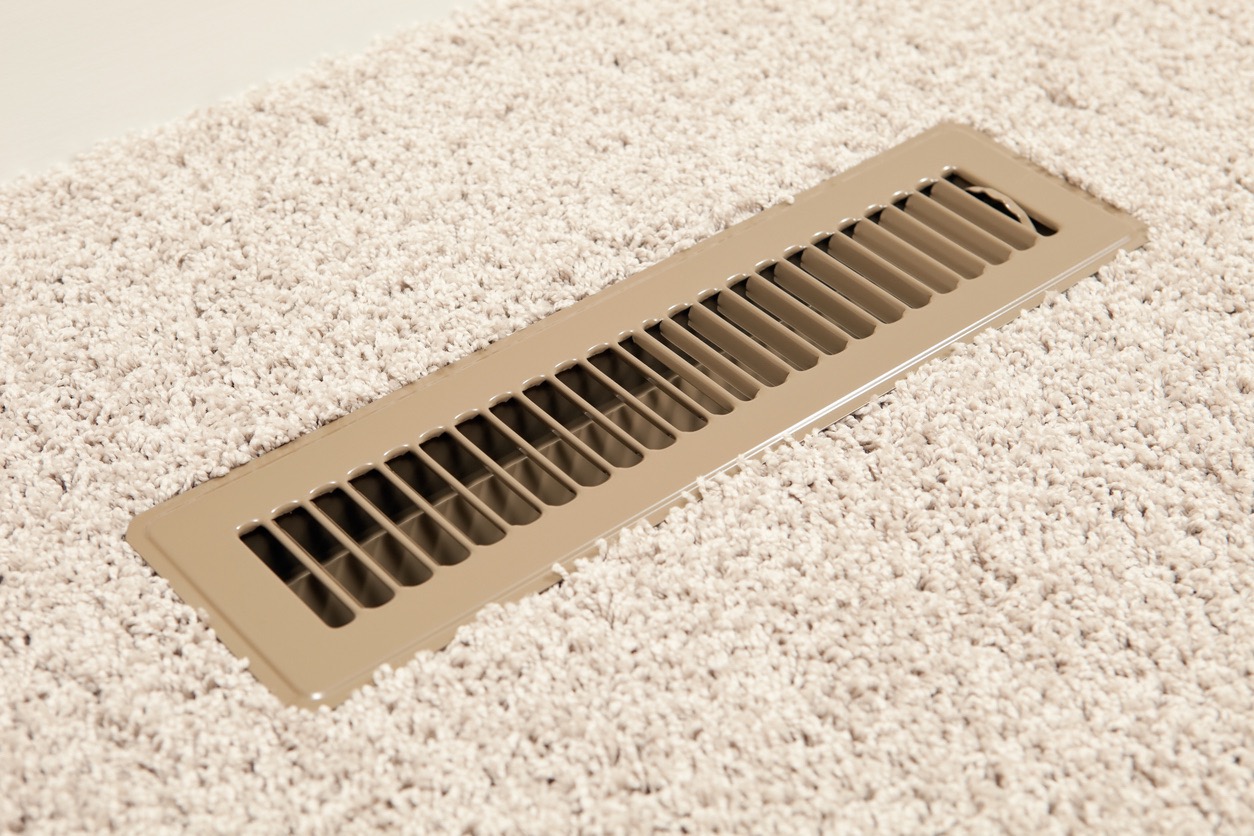
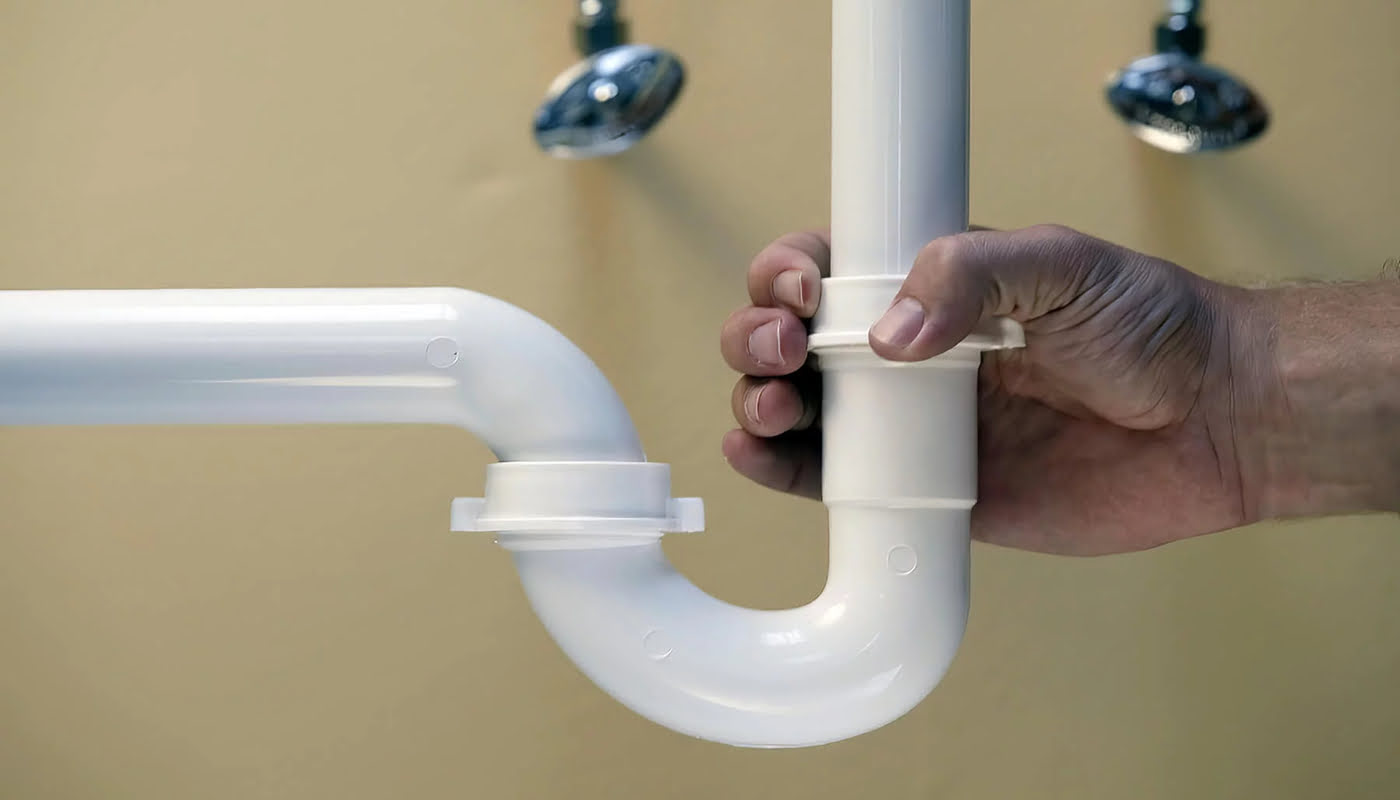
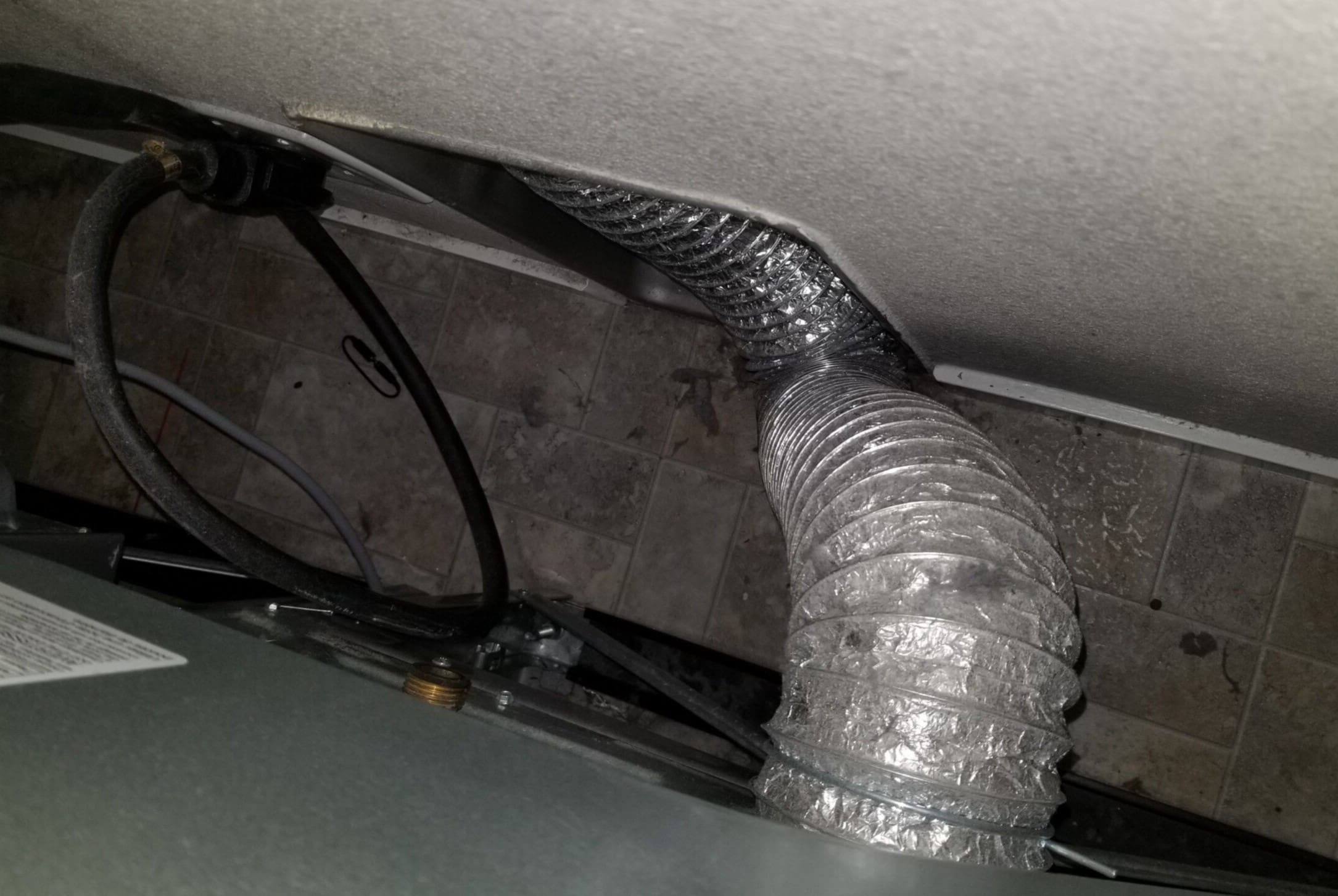

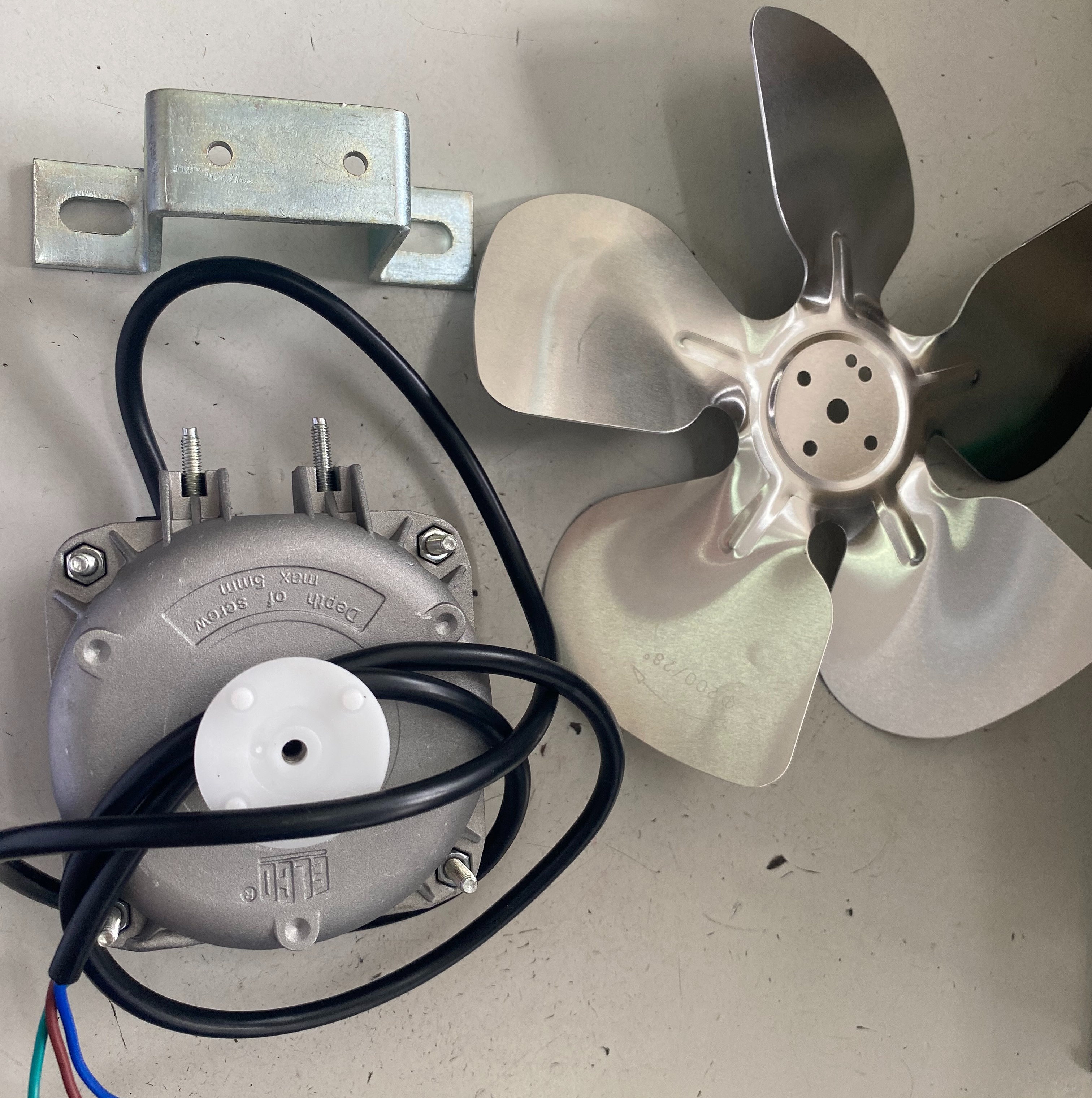

0 thoughts on “Where To Vent Bathroom Fan”